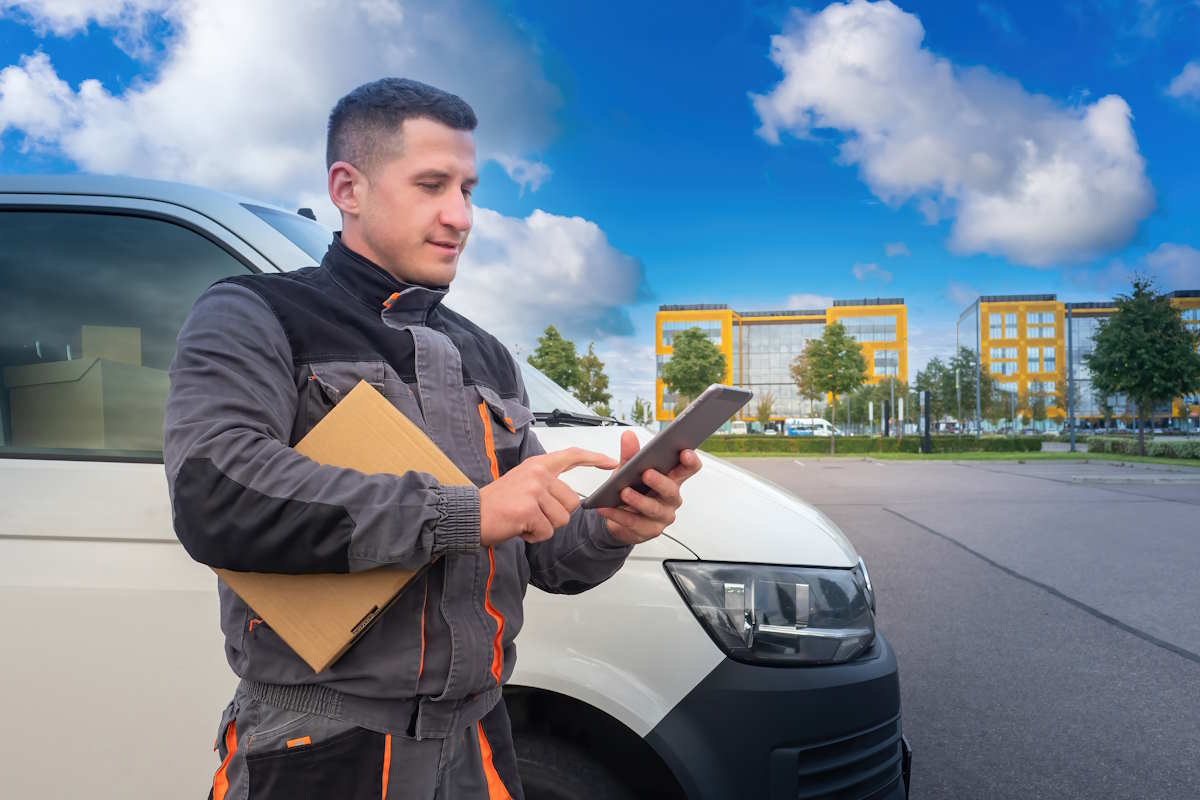The 2025 IRS mileage rate is a delivery driver’s best friend when it comes to lowering taxes. By tracking every work-related mile and applying the correct rate, you can claim thousands in deductions Continue reading →
If you’re a delivery driver working for services like DoorDash, Uber Eats, Instacart, Amazon Flex, or running your own courier business, the current IRS mileage rate is one of the most important numbers you’ll encounter this year. Why? Because it directly affects how much you can deduct from your taxes for all the miles you drive while delivering goods, food, or packages.


Rather than calculating actual expenses like gas, oil changes, tire wear, and insurance, you can use the IRS standard mileage rate to simplify your deductions. Every work-related mile you track and document can reduce your taxable income, putting more money back in your pocket.
Although the IRS won’t release the official numbers until late 2024, early forecasts suggest the 2025 mileage rates may look like this:
As a delivery driver, you’ll be applying the business rate—which is typically the highest—because you’re using your vehicle as a tool to earn income.
Most delivery drivers are classified as independent contractors, which means taxes aren’t automatically withheld from your earnings. You’re responsible for tracking business expenses and paying self-employment tax. Mileage is often your biggest deduction—and it’s easy to calculate with the IRS rate.
Not all miles you drive are deductible. You can only claim the miles driven specifically for work.
If you’re logged into your delivery app and actively accepting gigs, most of those miles are likely deductible—just make sure to track them properly.
The IRS requires you to keep a detailed mileage log in order to claim deductions. Your records must include:
Automatic apps detect when you’re driving and eliminate manual entry errors. Most allow you to classify trips with a swipe and generate reports for filing taxes or sending to a CPA.
Let’s say you drive 25,000 miles in 2025 doing food or package deliveries.
If you’re in the 22% federal tax bracket, that’s $3,685 in savings, just from mileage. And that doesn’t include the benefit of reducing your self-employment tax.
When combined with other deductions like phone bills, insulated bags, and platform fees, mileage can dramatically lower your year-end tax bill.
You can claim mileage for each vehicle used for deliveries, but you must:
If you switch vehicles mid-year due to maintenance, leasing, or purchasing a new one, you can still claim mileage on each, but logs must be distinct and detailed.
The standard mileage method is ideal for most gig drivers because it’s simple and often more generous.
If you lease a high-end car or drive infrequently with high per-mile costs, calculate both methods and see which offers the larger deduction.
Warning: If you choose the actual expense method the first year you use a car for deliveries, you may not be allowed to switch back to the mileage rate later.
In volatile years (like 2022), the IRS may release a mid-year mileage rate update. If this happens in 2025:
Not tracking this properly can result in an incorrect deduction amount and increase your audit risk.
Being consistent with tracking is better than trying to reconstruct trips during tax season. The IRS won’t accept rough guesses.
The 2025 IRS mileage rate is a delivery driver’s best friend when it comes to lowering taxes. By tracking every work-related mile and applying the correct rate, you can claim thousands in deductions and reduce your self-employment tax liability.
Whether you deliver meals, packages, or people, staying organized with your mileage will help you keep more of what you earn. Use a tracking app, stay consistent, and let the IRS mileage rate work in your favor.
Integrating with the best trading platform tools and services, cloud solutions empower traders to analyze…
Robust market intelligence in Australia has transformed how organisations understand their customers, competitors, and product…
Selecting the appropriate adapter for your Mac is essential to ensure optimal performance and safety.…
Endpoint security encompasses the protection of endpoints or entry points of end-user devices, such as…
Residential proxy pools aren't just another technological upgrade; they represent a fundamental shift in how…
Want to make money without a blog? Check out the most profitable Pinterest affiliate marketing…